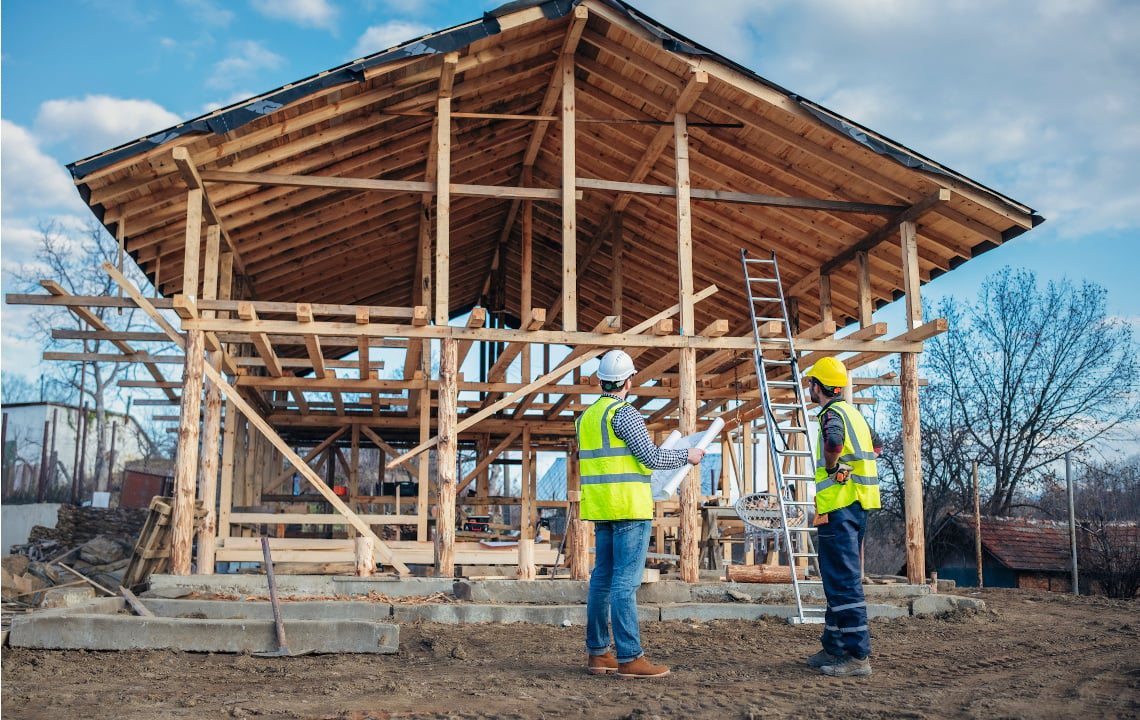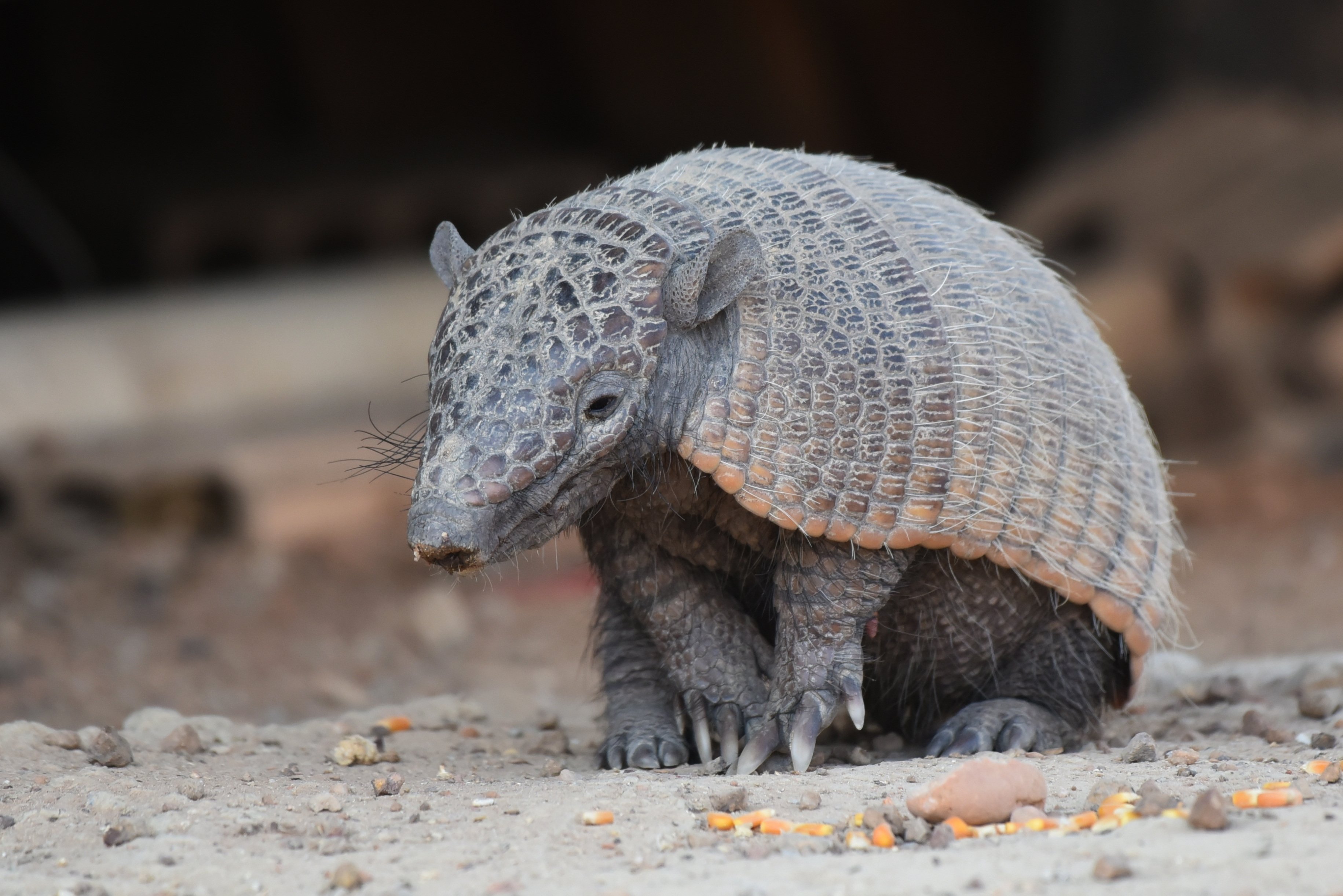Fall leaves are beautiful...and can be a pain to clean up, especially on larger properties. However, with a little bit of effort and a decent lawn mower you can turn these leaves into nutrient-rich mulch for your lawn, garden or compost pile. A regenerative agriculture farmer shows you how.
As a regenerative agriculture farmer, come fall time it always baffles my mind to see and smell burn piles made of collected leaves. Or to see bags of leaves lined up on the curb of a suburban street for trash pickup.
Why? Because leaves (and grass clippings) are an organic and free source of soil building material for your gardens or perennial plants when turned into mulch.
Which means, all those annoying leaves cluttering up your grass could be restoring your soil all winter long. In this article, I’ll teach you all the basics of how to transform leaves into mulch using equipment you already have and how to use it throughout your property.
The Benefits of Leaf Mulch
The benefits of leaf litter mulch include the preservation of moisture, and its decomposition overtime raises soil organic matter benefiting plants. It also protects the biology of your soil, a key component of soil health.
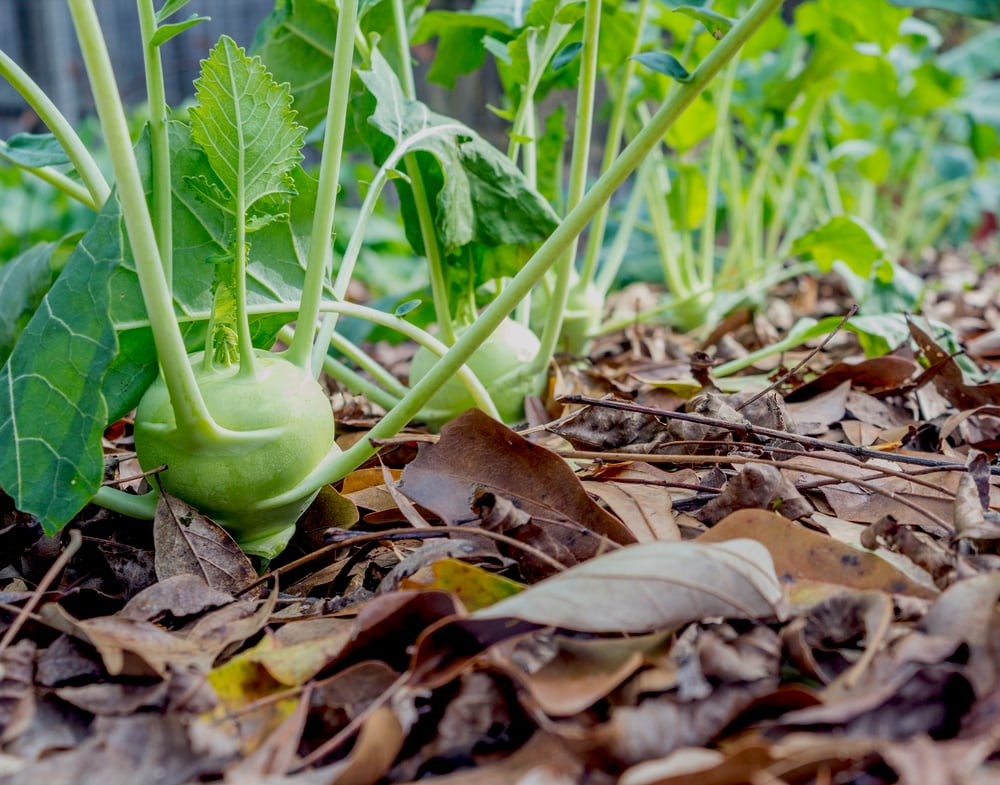
Using leaf litter as mulch builds your soil as nature does in a forest. Think about it, a forest doesn’t require fertilizer to grow healthy. Nor do those leaves require raking, burning, bagging, etc. to protect vegetation on the forest floor. Rather, come late spring early summer all those millions of leaves break down into the soil to build health and fertility for the coming season.
Incorporating leaf litter into our various landscapes has the same effect.
Allowing whatever you plant in the warmer months to grow better and stronger.
So, if you are going to put the effort into cleaning up your lawn or around the house, why not take best advantage of recycling it into your garden(s) and green spaces to improve soil health?
Here are a few tips to help you create your first batch of leaf mulch and how to use it on your gardens, lawns, etc.
Tip #1: Do not use whole leaves for mulch
It may be tempting to just grab a pile of leaves and throw them in your gardens. After all, that’s what happens in the forest, right? The problem with this is if you apply whole leaves directly on garden beds any wind that comes along will blow them everywhere.
This not only looks untidy but will negate any benefits you would have gotten from the leaf mulch. Plus, it takes additional time to clean up, adding unnecessary work.
A better plan is to chip or shred the leaves.
Tip #2: Use equipment to make the task easier
My favorite way to do this is either using a lawnmower or a riding mower that has a bagging option.
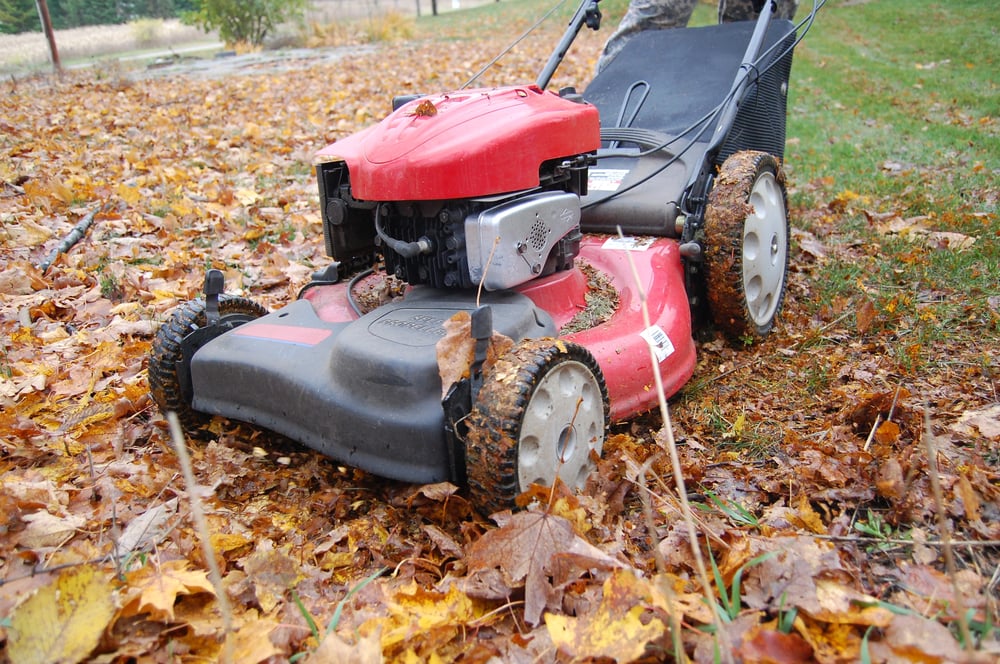
This combines two tasks into one action with very little effort because the mower will collect the leaves and chop them up to a much smaller size.
This smaller particle size will keep the leaf litter in place on windy days, plus it looks a lot tidier.
If you are a gear/tool/equipment junkie like I am, you can also invest in other things like a vacuum leaf blower and shredder. This is a functional multi use tool that not only blows leaves into piles for easier collection but converts into a vacuum that picks up and shreds your leaves into a smaller size more appropriate for mulching.
There are many options to choose from, ranging from gas-powered to electric, so choosing the right one will depend on how much you will use it, your budget, and your property size.
Collecting leaves on the cheap can be done “old-school” by hand using a rake.
Some like the flexibility of this, and it is the cheapest, low-tech, and most eco-friendly option. It requires less equipment maintenance, and the energy you would typically put into this can be transferred to your kids.
In my experience, enticing my kids with a leaf pile they can topple into is an easy sell for getting free help. It's loads of fun for them and gets them outside doing something functional and enjoyable.

There is one caveat to raking. If you plan to rake, it is important to shred the leaves, as mentioned previously. So, invest in a chipper.
There are very affordable electric options, and the added benefit is you can also chip small branches up to 1 ¾ inches in diameter.
Chipped tree branches are also a wonderful mulching material that provides the same benefits as leaf litter. Wood chips will decompose more slowly and last longer, but this is an added benefit by keeping your ground covered longer.
If you plan to chip larger diameter branches or need to clear some trees from your property and do it regularly, investing in a larger gas-powered chipper may be necessary.
Related reading: Everything You Need to Know About Tree, Bush and Vine Pruning
Tip #3: Consider a location ahead of time where you can stockpile your collection of leaf mulch for future use
If you predetermine where you’ll store your mulch pile, it will keep you organized (and your family happier…especially if it’s out of sight!). Then, when you start your collection, everything will go more smoothly.
Tip #4: Use leaf mulch to fertilize your lawn
If all this leaf collecting, shredding and storing seems like too much trouble, you can always use your mower equipped with mulching blades to incorporate leaf litter right into your grass.
You may need to go over it a few times so it doesn’t matt over your grass and kill it, but once the leaf particles are small enough it will benefit your grass in all the ways outlined above, and it will not blow around.
Tip #5: You can always compost it
Lastly, you may not want to use leaf litter for aesthetic purposes or other reasons. But you can still reap the nutritive benefits for your soil by composting it.
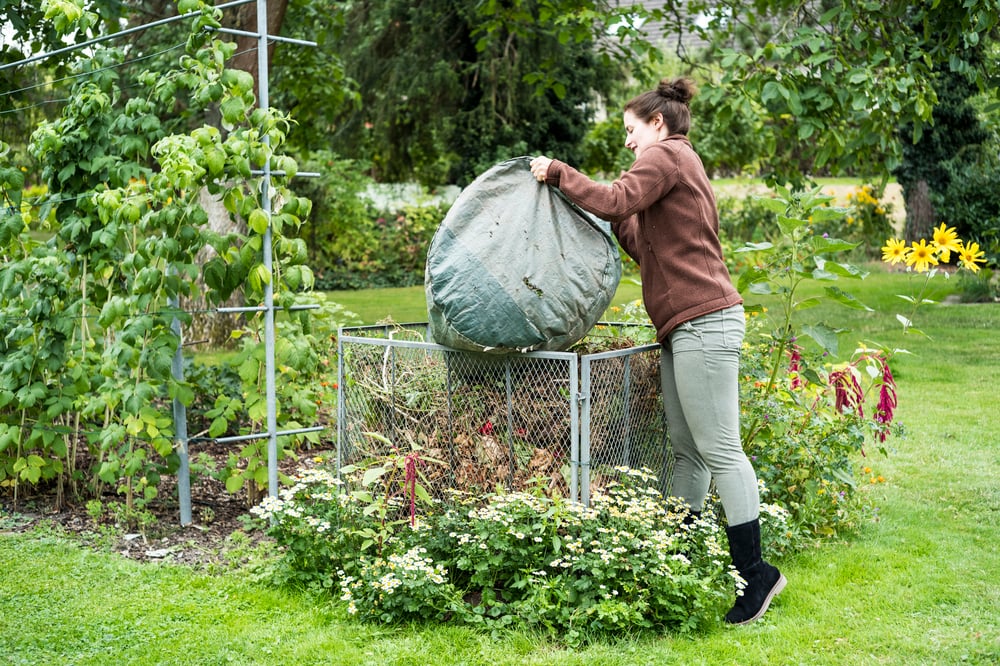
All the collection tips above still apply. It may not be as important to shred the leaves if using in a compost pile but doing so will enhance its decomposition rate so you’ll have fresh compost sooner.
Using compost as a mulching layer is common practice among many intensive market gardeners. For it to work this way, you have to lay it on thick (at least 2 inches), but it does give a nice aesthetic and it still provides all the benefits of leaf mulch to improve soil health.
Related reading: Tips on Starting Your Own Compost (Nature's Free Fertilizer)
Incorporating leaves into your garden as mulch (or compost) is a free and organic amendment that greatly benefits plants. Resist the temptation to burn or throw them away and begin to build your soil as nature intended.




-1.jpg)










